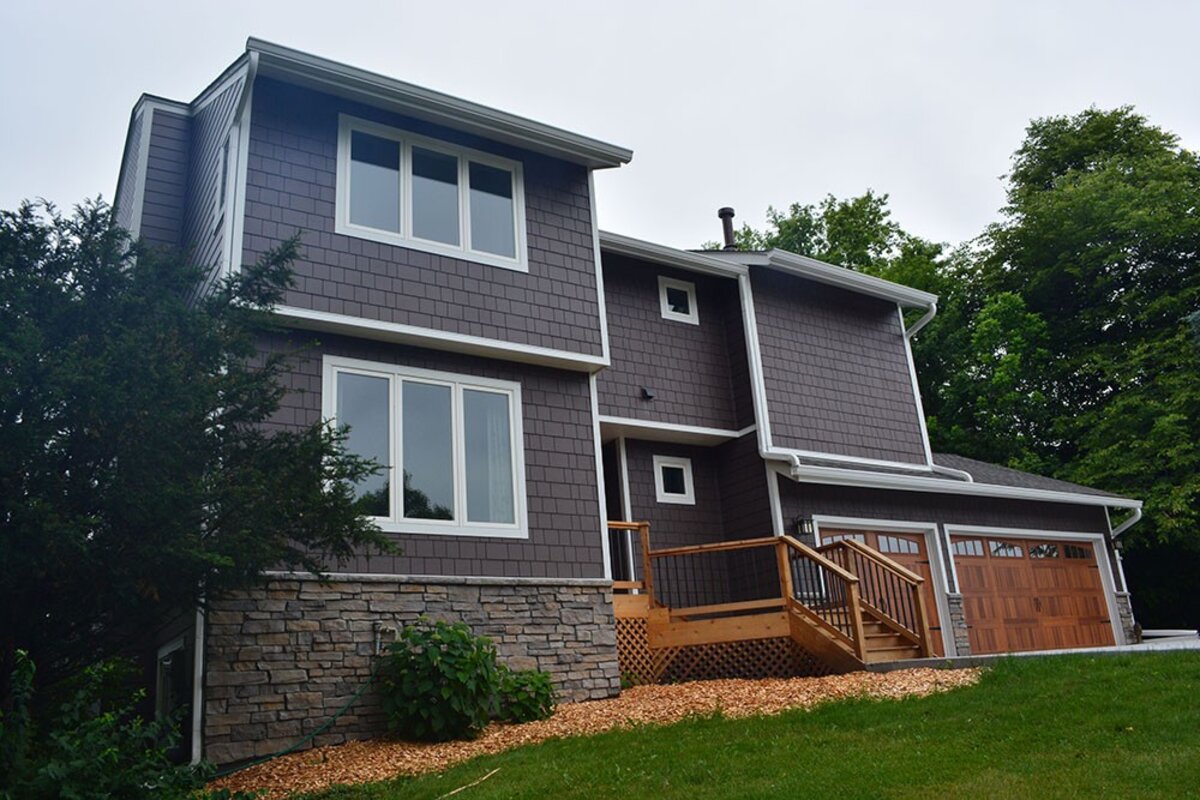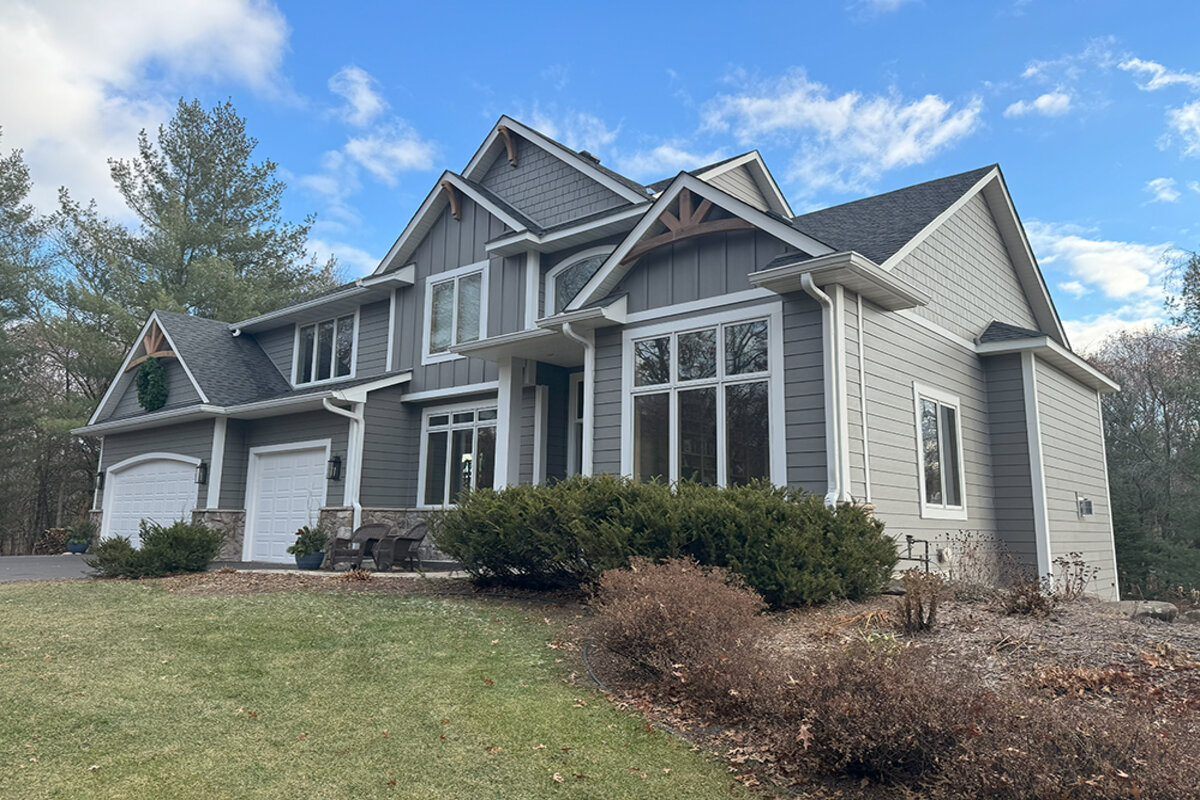Choosing the right window type is crucial for enhancing your home’s energy efficiency. Here, we will compare the energy performance of single-hung vs double-hung windows, two popular styles, to help you make an informed decision. We’ll explore how each design impacts energy usage and comfort, providing you with the necessary insights to optimize your energy savings and home environment.
What’s the Difference Between Single-Hung and Double-Hung Windows?
Both single-hung and double-hung windows feature two main panels arranged vertically. However, the primary difference lies in their operation. Single-hung windows allow only the bottom sash to move up and down, while double-hung windows offer the flexibility of moving both the top and the bottom sashes. This distinction not only affects usability but also influences energy efficiency, maintenance, and safety.
Evaluating Energy Efficiency
Air Leakage and Insulation
Single-hung windows generally provide better insulation because they have fewer moving parts and a fixed top sash, creating fewer opportunities for air infiltration. Double-hung windows, however, with their ability to open from both top and bottom, can sometimes compromise on sealing efficiency, potentially leading to higher air leakage rates. The design of single-hung windows naturally limits exposure to external elements, which can be particularly beneficial in colder climates where keeping warm air inside is crucial.
Ease of Use and Ventilation
On the other hand, double-hung windows are known for their excellent ventilation capabilities. They can be opened from the top or bottom, which is not only a boon for airflow but also for safety—allowing hot air to escape from the top and cooler air to come in from the bottom. This feature makes double-hung windows a favorite in bedrooms and bathrooms where moisture and variable temperatures require adept management.
Considerations for Specific Climates
The choice between single-hung vs double-hung windows may also depend on your local climate. Homes in warmer regions might benefit from double-hung windows, where the ability to control airflow can help manage indoor temperatures without over-relying on air conditioning. Conversely, in cooler regions, the superior sealing of single-hung windows helps retain heat and reduce energy costs associated with heating.
Advanced Technologies Enhancing Window Efficiency
Modern advancements in window technology have also played a significant role in enhancing the energy efficiency of both window types. Technologies such as Low-E coatings, which reflect infrared light to keep heat inside in winter and outside in summer, are now commonly applied to both single-hung and double-hung windows. These coatings also protect against UV rays, preventing furniture and floorings from fading.
Making the Right Choice for Your Home
When deciding between single-hung vs double-hung windows, consider not only the energy efficiency but also other factors like aesthetics, cost, maintenance, and the specific needs of your household. Single-hung windows can offer cost savings and are often easier to maintain due to fewer moving parts. However, if flexibility in ventilation and ease of cleaning are higher priorities, double-hung windows might be the better option, especially if they feature tilt-in designs for easy access to both sides of the glass.
In Summary
While both single-hung and double-hung windows can be equipped to deliver excellent energy efficiency, the best choice will depend on your specific needs, budget, and climate. Consider all aspects carefully to ensure that your investment not only adds value to your home but also contributes to a comfortable, energy-efficient living environment.
If you need assistance or guidance regarding single-hung vs double-hung windows, please don’t hesitate to contact us. We’re here to support you through every step of the process.




















